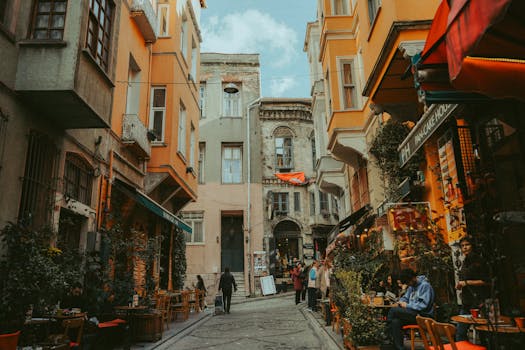
Traveling Through Time: How Europe’s Historical Heritage Shapes Modern Lifestyles in 2025
Traveling Through Time: How Europe’s Historical Heritage Shapes Modern Lifestyles in 2025. Europe, a continent steeped in history and heritage, has a profound impact on modern lifestyles. From the ancient ruins of Greece and Rome to the modern cities of London and Paris, Europe’s historical heritage is a rich tapestry that continues to shape the way we live, work, and play. In this article, we’ll explore how Europe’s historical heritage influences modern lifestyles, from architecture to cuisine, and discover the timelessness of European culture.
Introduction to Europe’s Historical Heritage
Europe’s historical heritage is a vast and diverse collection of cultures, traditions, and landmarks that span thousands of years. From the prehistoric monuments of Stonehenge and Avebury to the Renaissance cities of Florence and Venice, Europe’s history is a complex and fascinating narrative that continues to inspire and educate us today. Whether you’re interested in ancient civilizations, medieval castles, or modern art and architecture, Europe has something to offer every kind of traveler and history enthusiast.
The Impact of Historical Heritage on Modern Lifestyles
So, how does Europe’s historical heritage shape modern lifestyles? One of the most obvious ways is through architecture. Many of Europe’s cities are filled with historic buildings, from medieval town halls to Renaissance palaces, that continue to be used and adapted for modern purposes. For example, the ancient city of Rome is home to countless historical landmarks, including the Colosseum, the Pantheon, and the Vatican City, which attract millions of tourists every year. Similarly, the city of Paris is famous for its stunning architecture, including the Eiffel Tower, Notre-Dame Cathedral, and the Louvre Museum, which are all iconic symbols of French culture and history.
In addition to architecture, Europe’s historical heritage also influences modern lifestyles through cuisine. Many of Europe’s countries have a rich culinary tradition, with popular dishes and ingredients that reflect the continent’s history and cultural diversity. For example, Italian cuisine is famous for its pasta dishes, pizzas, and risottos, which are all rooted in the country’s medieval and Renaissance past. Similarly, French cuisine is renowned for its sophisticated sauces, intricate pastries, and exquisite desserts, which are all reflections of the country’s rich culinary heritage.
Preserving Historical Heritage for Future Generations
As we look to the future, it’s essential that we preserve Europe’s historical heritage for future generations. This can be achieved through a variety of means, including conservation and restoration projects, educational programs, and cultural events. For example, the European Union has launched several initiatives to protect and promote the continent’s cultural heritage, including the European Heritage Label and the European Capital of Culture program. These initiatives help to raise awareness about the importance of cultural heritage and provide funding and support for conservation and restoration projects.
In conclusion, Europe’s historical heritage is a rich and diverse treasure trove that continues to shape modern lifestyles in profound ways. From architecture to cuisine, the continent’s history and culture are a source of inspiration, education, and enjoyment for people all over the world. As we look to the future, it’s essential that we preserve this heritage for future generations, through conservation and restoration projects, educational programs, and cultural events.





